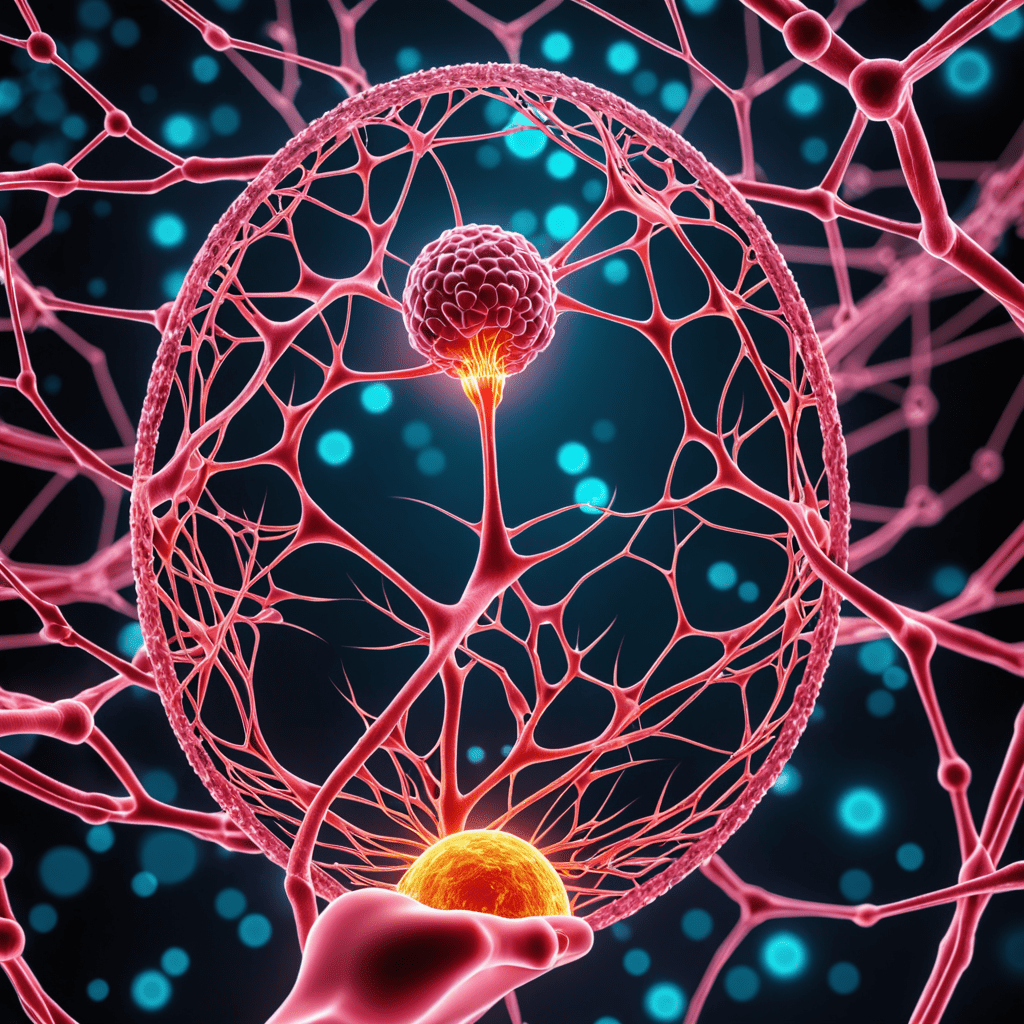
Nanotechnology in Cancer Diagnosis: Early Detection Technologies
Introduction to Nanotechnology in Cancer Diagnosis
Nanotechnology is revolutionizing cancer diagnosis through the development of early detection technologies. By utilizing materials at the nanoscale level, researchers are able to enhance the accuracy and sensitivity of diagnostic tools for detecting various types of cancer at its earliest stages.
The Role of Nanoparticles
Nanoparticles play a crucial role in cancer diagnosis by improving imaging techniques such as MRI, CT scans, and PET scans. These tiny particles can be engineered to target specific cancer cells or biomarkers, allowing for precise localization and visualization of tumors.
Biosensors and Early Detection
Nanotechnology enables the creation of biosensors that can detect biomarkers indicative of cancer in bodily fluids like blood or urine. These biosensors provide a non-invasive method for early cancer detection, offering patients a better chance of successful treatment outcomes.
Nano-Enabled Imaging Techniques
Advanced imaging techniques such as photoacoustic imaging and nanoparticle-enhanced ultrasound are made possible through nanotechnology. These methods allow for real-time visualization of tumors with high precision, aiding in the early diagnosis of cancer.
Improving Biopsies with Nanotechnology
Nanotechnology has also improved the process of biopsies by enhancing the accuracy of tissue sampling. Nanoparticles can help target specific areas for biopsy, reducing the need for multiple procedures and ensuring more accurate results for early cancer detection.
Challenges and Future Directions
While nanotechnology offers promising advancements in early cancer detection, challenges such as biocompatibility and regulatory hurdles remain. Researchers are continuously working towards overcoming these obstacles to bring nanotechnology-based diagnostic tools to clinical practice for improved cancer outcomes.
Conclusion
In conclusion, the integration of nanotechnology in cancer diagnosis has paved the way for more effective and early detection technologies. By leveraging the unique properties of nanoparticles and biosensors, researchers are striving towards improving the accuracy, sensitivity, and non-invasiveness of cancer diagnostic methods, ultimately enhancing patient outcomes in the fight against cancer.
FAQs about Nanotechnology in Cancer Diagnosis
What is nanotechnology in cancer diagnosis?
Nanotechnology involves manipulating materials at the nanoscale to develop precise tools for early detection of cancer at the cellular level. This advanced technology offers highly sensitive and accurate methods for identifying cancer biomarkers.
How does nanotechnology aid early detection of cancer?
Nanoparticles can be designed to target specific cancer cells or biomarkers. By detecting minute changes in these cells, nanotechnology enables early identification of cancer before it progresses to advanced stages, improving treatment outcomes.
What are some common nanotechnology-based early detection technologies?
Some popular methods include using nanoparticles as contrast agents for imaging techniques like MRI, developing nano-biosensors to detect cancer markers in bodily fluids, and utilizing nanoscale platforms for analyzing genetic mutations associated with cancer.
Why is early cancer detection crucial?
Early detection significantly enhances the chances of successful cancer treatment by allowing interventions at the initial stages when the disease is more manageable. Nanotechnology plays a vital role in achieving this goal through its precision and sensitivity in detecting cancer at early stages.


